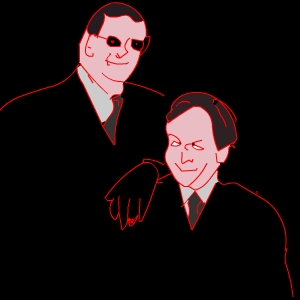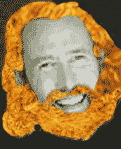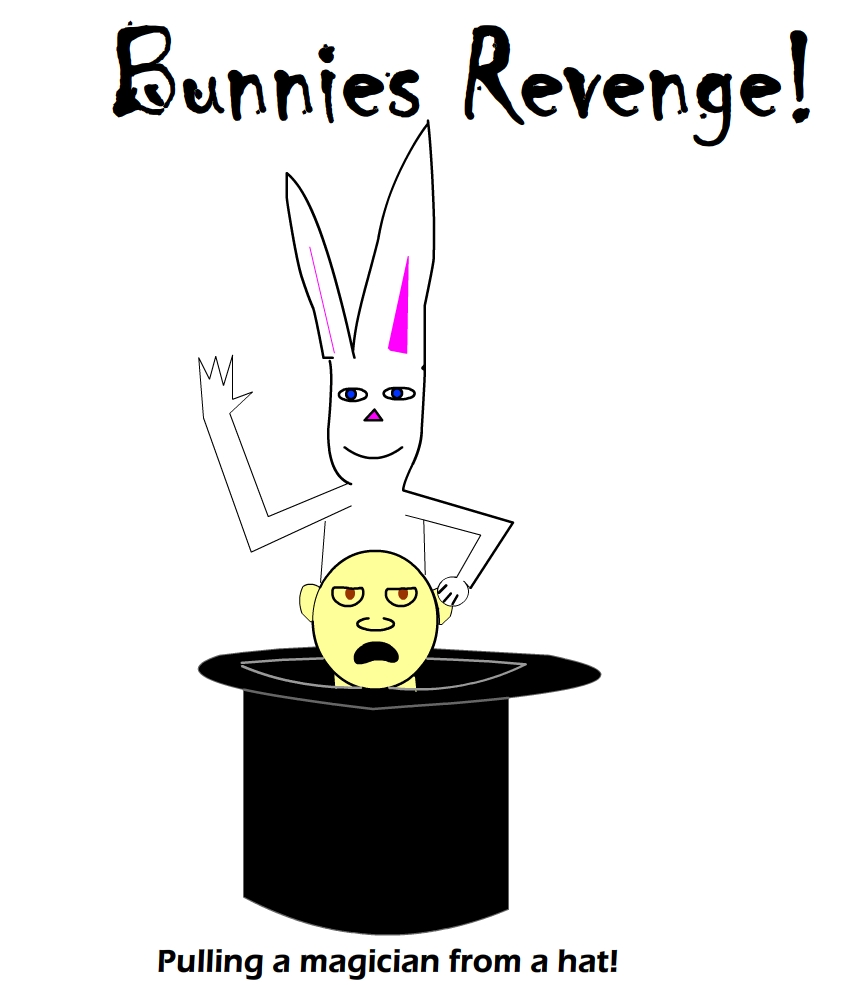 When I was a child I collected comic books. These stories were great for my young mind. I found them mimicking the fantasy life I lived in my own head. The writing was easy to understand, the plots were exciting, and the illustrations allowed me to see into another world. With all my love for them there was one thing that always turned me against comic books and that was confusing panel order or confusing imagery.
When I was a child I collected comic books. These stories were great for my young mind. I found them mimicking the fantasy life I lived in my own head. The writing was easy to understand, the plots were exciting, and the illustrations allowed me to see into another world. With all my love for them there was one thing that always turned me against comic books and that was confusing panel order or confusing imagery.
How are panels confusing?
Confusing panels happens when the reader is unsure of what panel to read next or is unable to understand what is happening in between the panel; this does not include bad drawings or where a person is unable to recognize objects in a panel. When the reader is unable to make an easy decision on what panel, word bubble, etc to read next they are temporarily pulled from the story and causes what I call “flow dissidence”.
What is “Flow Dissidence”?
 As usual, I have a strong interested in how celebrities, performs, or other people I look up to get their start and for this Penn and Teller article I am not making an exception. For those that do not know, I am currently a full time magician. With Penn and Teller being the most famous magicians out there today (maybe behind Copperfield) I find it important to write something on them.
As usual, I have a strong interested in how celebrities, performs, or other people I look up to get their start and for this Penn and Teller article I am not making an exception. For those that do not know, I am currently a full time magician. With Penn and Teller being the most famous magicians out there today (maybe behind Copperfield) I find it important to write something on them.
Teller was born 1948 inPhiladelphia,PA. He was interested in magic at an early age and performed throughout college including a show for one of his classes as a final project. It was doing shows at fraternity parties that Teller started performing silent. With drunk frat boys yelling and trying to talk over him, Teller found they paid closer attention if he refrained from speaking during his show. After college, Teller became a high school Latin teacher. After meeting Penn he quit his teaching job and vowed to make money only as an entertainer.
 Creating a logo that fits both the wants and needs of an organization sounds easy, unless you have experienced the frustration of constantly being asked to recreate a logo design because it wasn’t what the client wanted. If you have been in this situation you must realize the importance of constant communication with your client and having a process in place to figure out the best design in the first place.
Creating a logo that fits both the wants and needs of an organization sounds easy, unless you have experienced the frustration of constantly being asked to recreate a logo design because it wasn’t what the client wanted. If you have been in this situation you must realize the importance of constant communication with your client and having a process in place to figure out the best design in the first place.
When I create a logo I follow a simple 5 step formula for the first draft of a logo.
The 5 steps to Creating a Logo with Meaning:
1) Get into the mind of your client
Find out what interests them, what other logos do they love, and what hobbies do they enjoy. This is both to get an idea of what kind of logos they will be interested in and to just build a connection with your client.
2) Determine the Goals of the organization/idea the logo represents
Feel free to ask your client this specific question, but make sure to read
I got an interesting comment on the 1 or 3 rough draft video and my other motion comics (Video Below) and it talked about how they felt the music overpowered the images. This is a very interesting idea as I felt that animation on its own would feel dull with no sound. With the music, however, it complements the animation while creating an opportunity where no sound effects or voiceovers are needed since the music works as the audio track.
If you want to post your comic book on YouTube my recommendation is to go ahead and use video editing software to show each panel in sequence and have background music to enhance the experience (making motion comics). If you have the skill or can afford to hire someone voice overs are always nice, but need to be top quality or else they distract more than improve the video. I feel
 If you can’t find a way to really enjoy what you’re doing, why do it?
If you can’t find a way to really enjoy what you’re doing, why do it?
-Jim Henson
Jim Henson has been described as a shy, sensitive, and creative performer, writer, director, businessman, creator, artist, and visionary. That’s a lot of titles and descriptions for one person, but Jim Henson was all of these and more. Jim got his start in puppetry on television before he was 18. He worked for almost nothing but was given a lot of freedom to explore puppetry on television; as well as writing funny skits, and just funning around.
At age 19, Jim Henson’s show “Sam and Friends” became a regular gig for him. One year later he was appearing on


